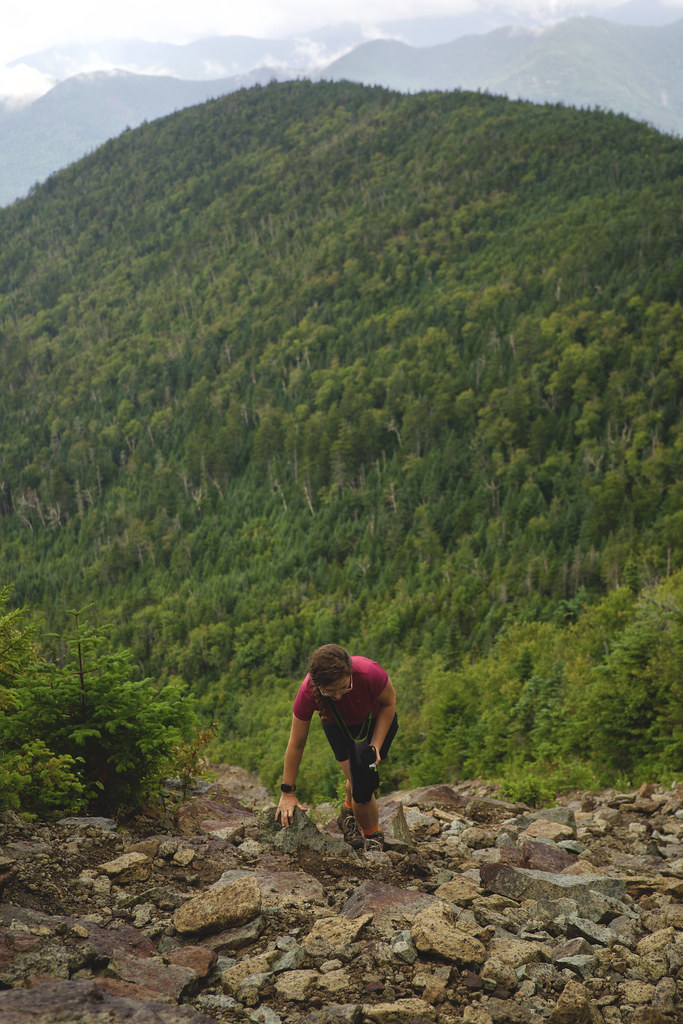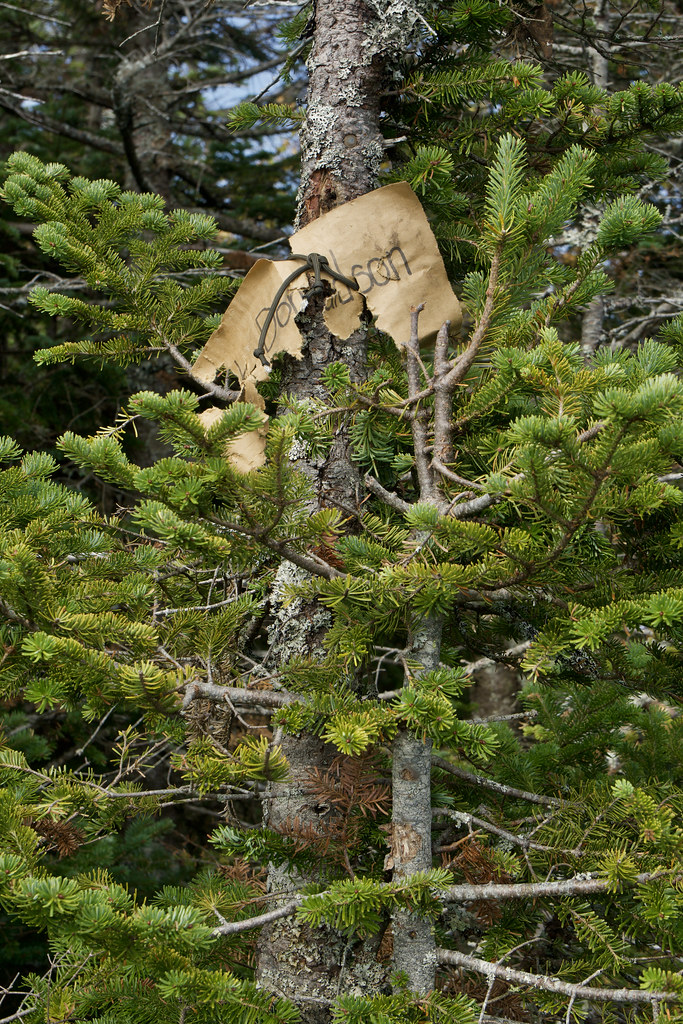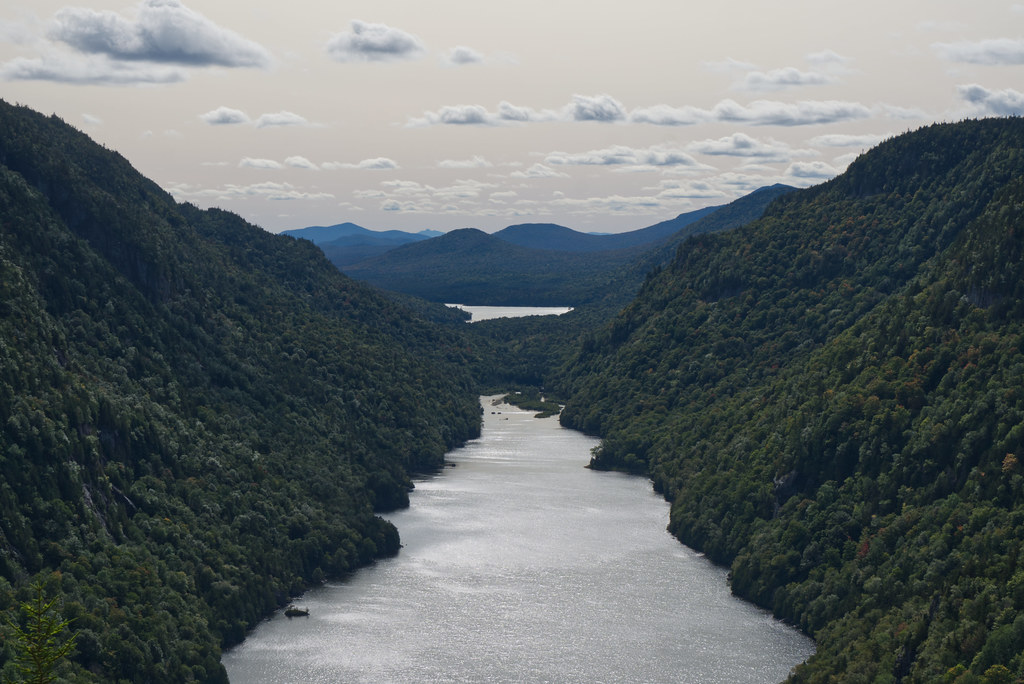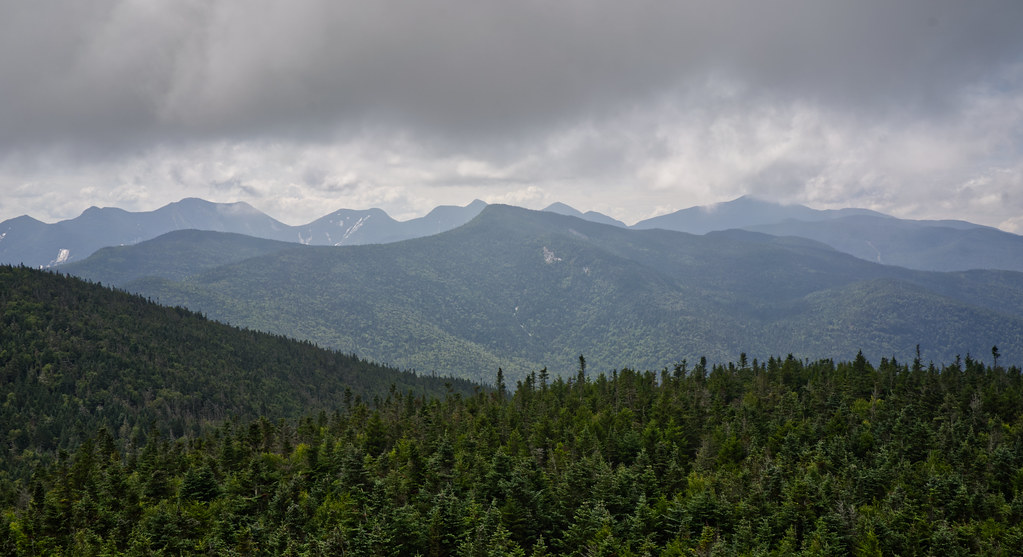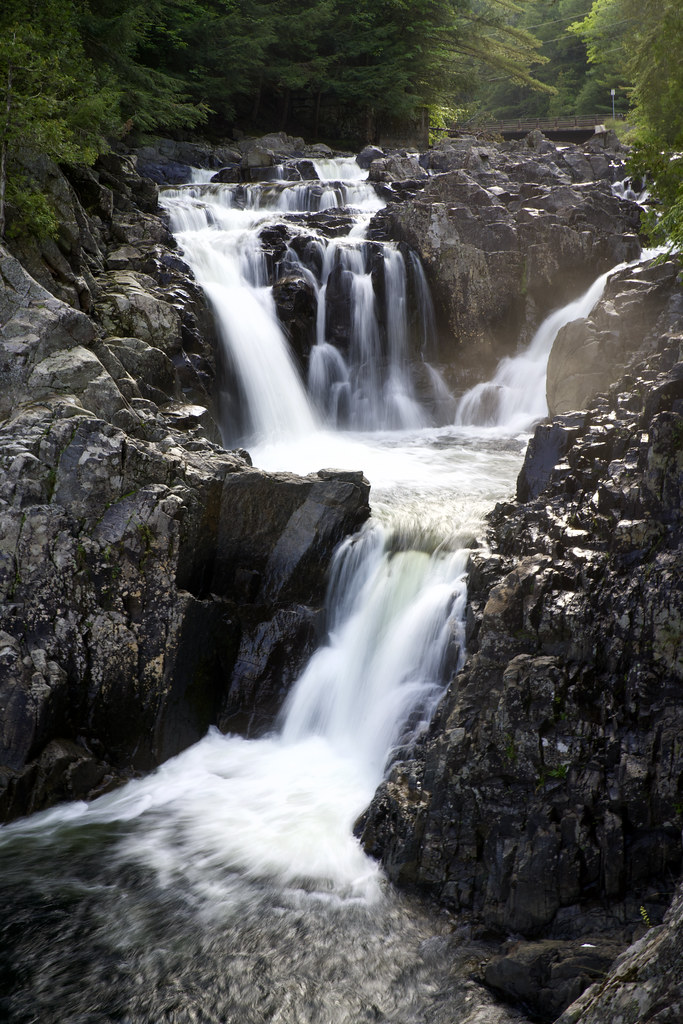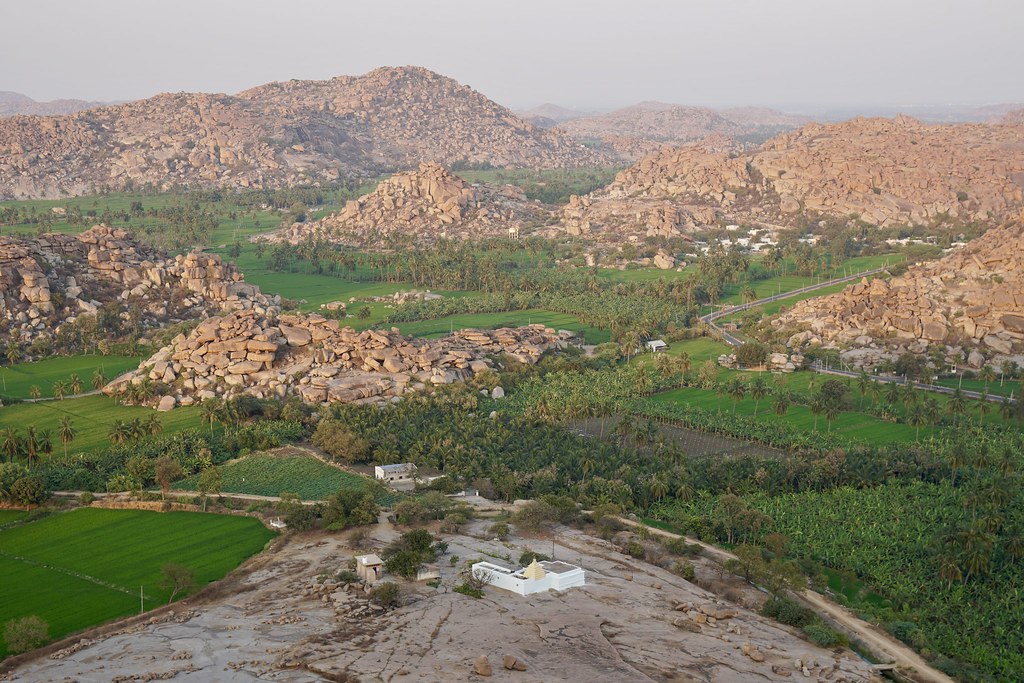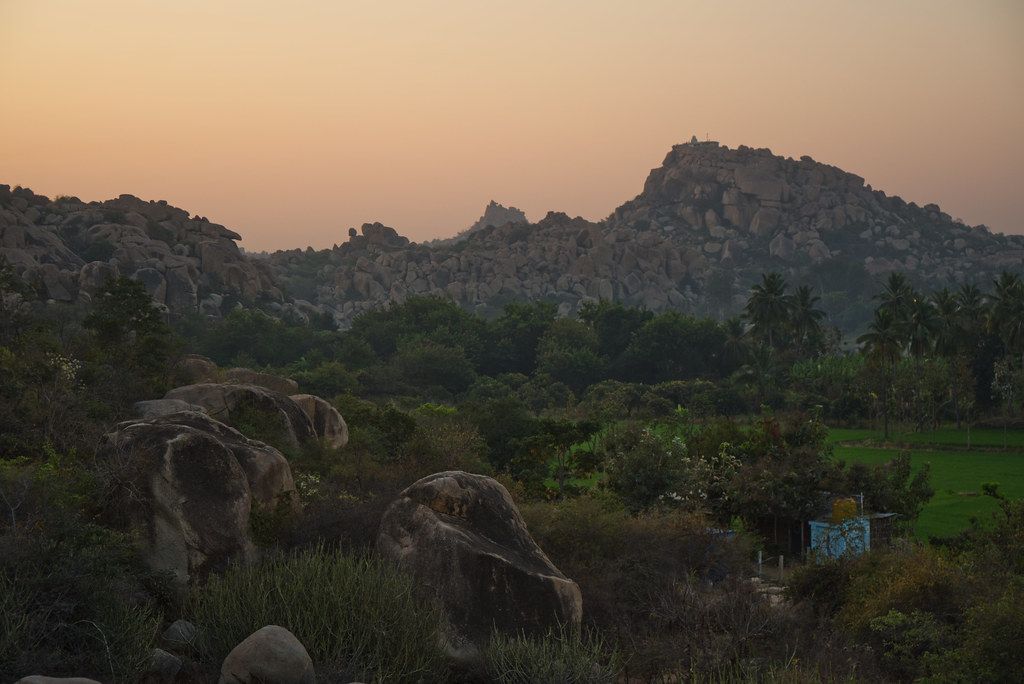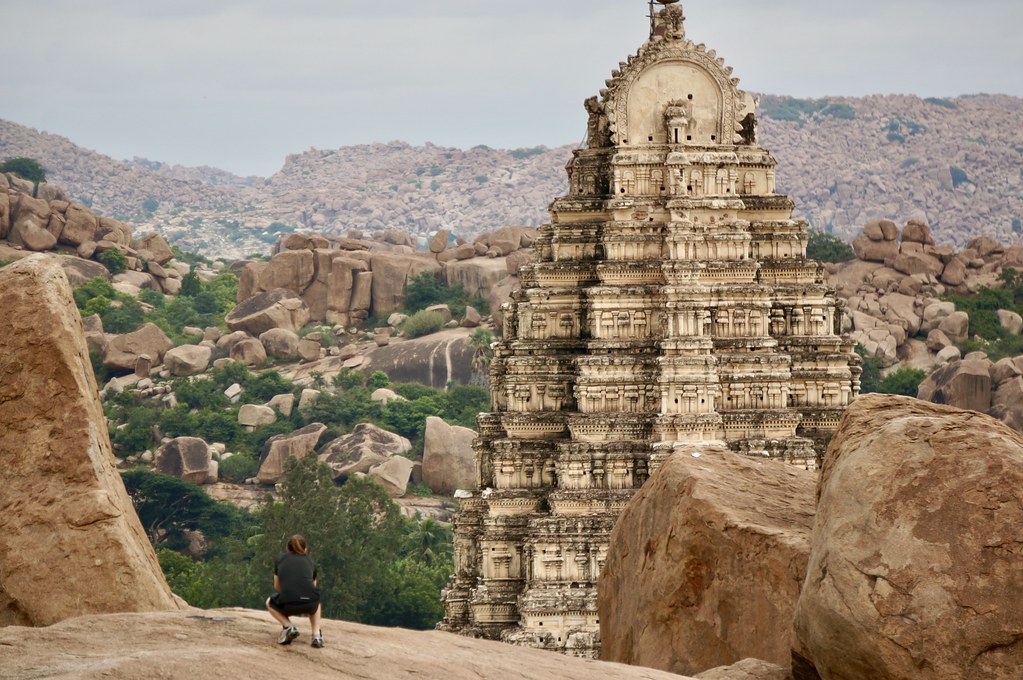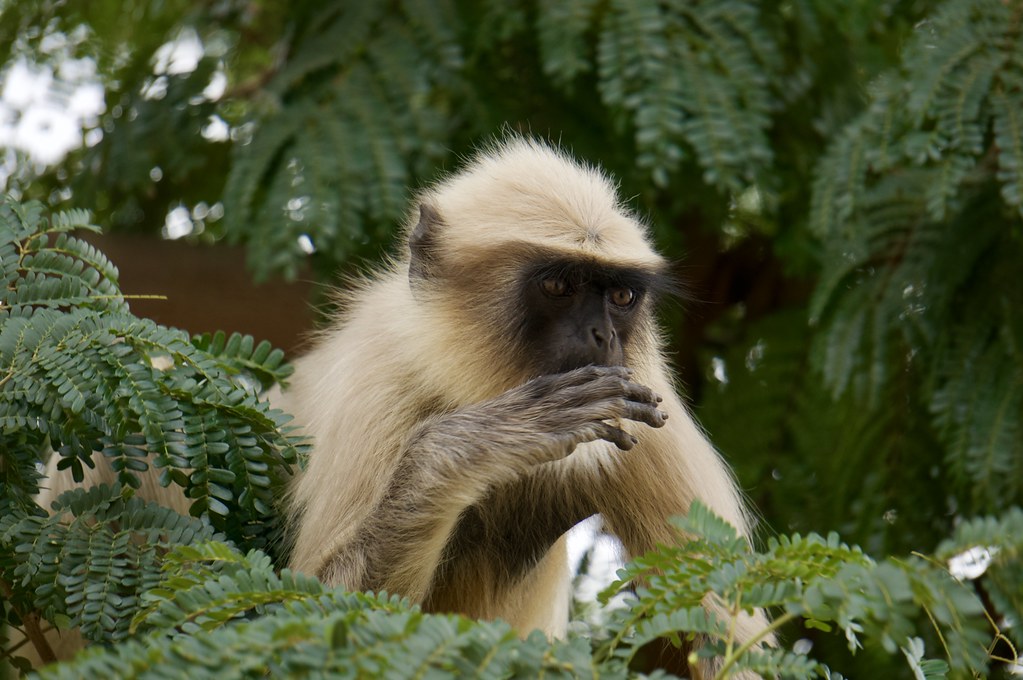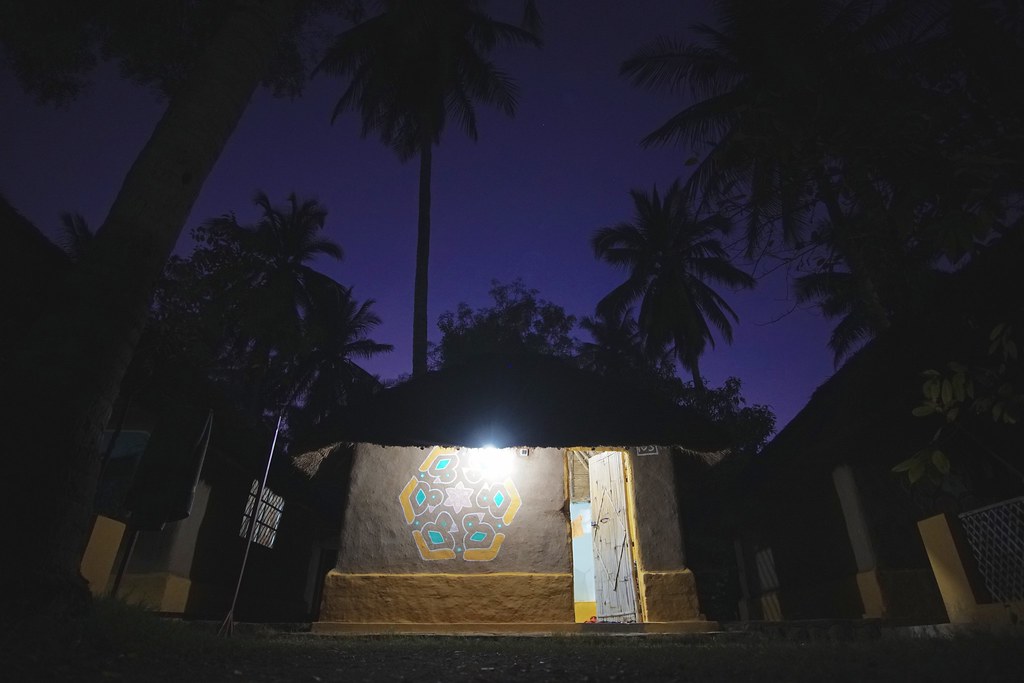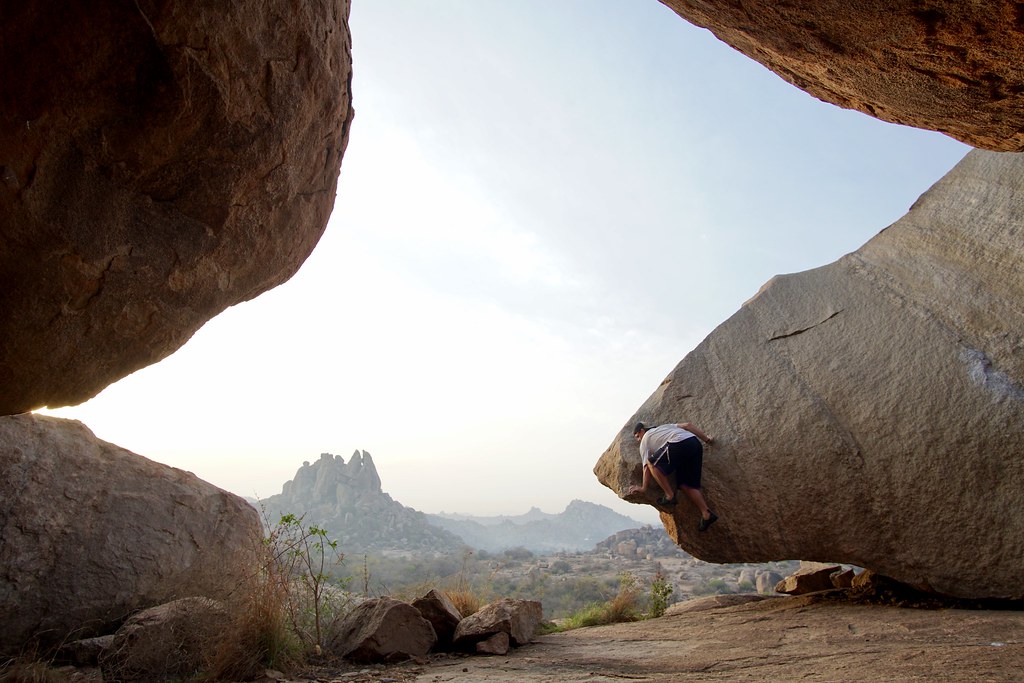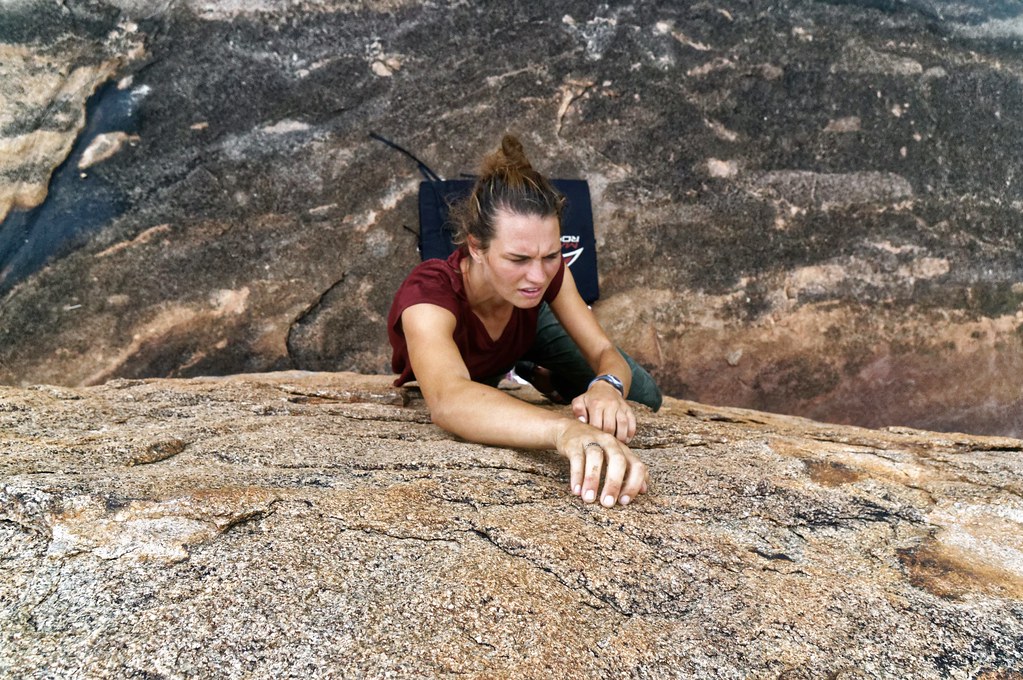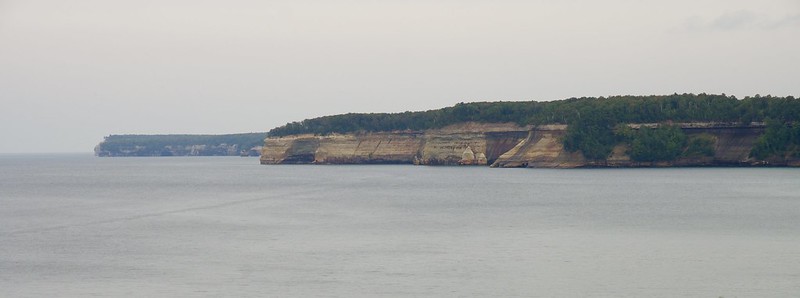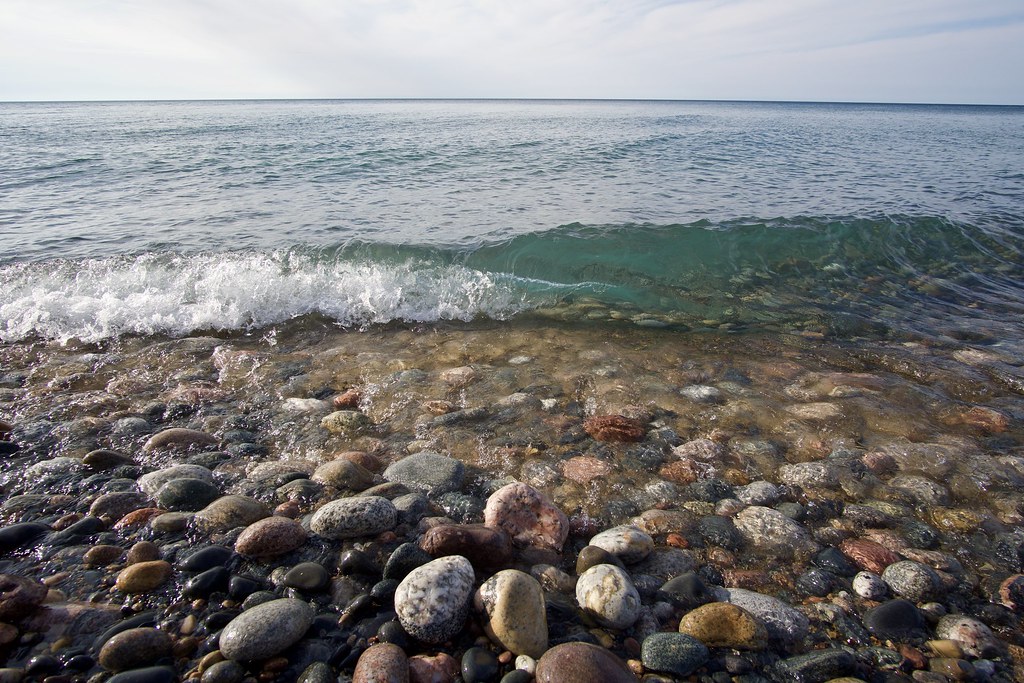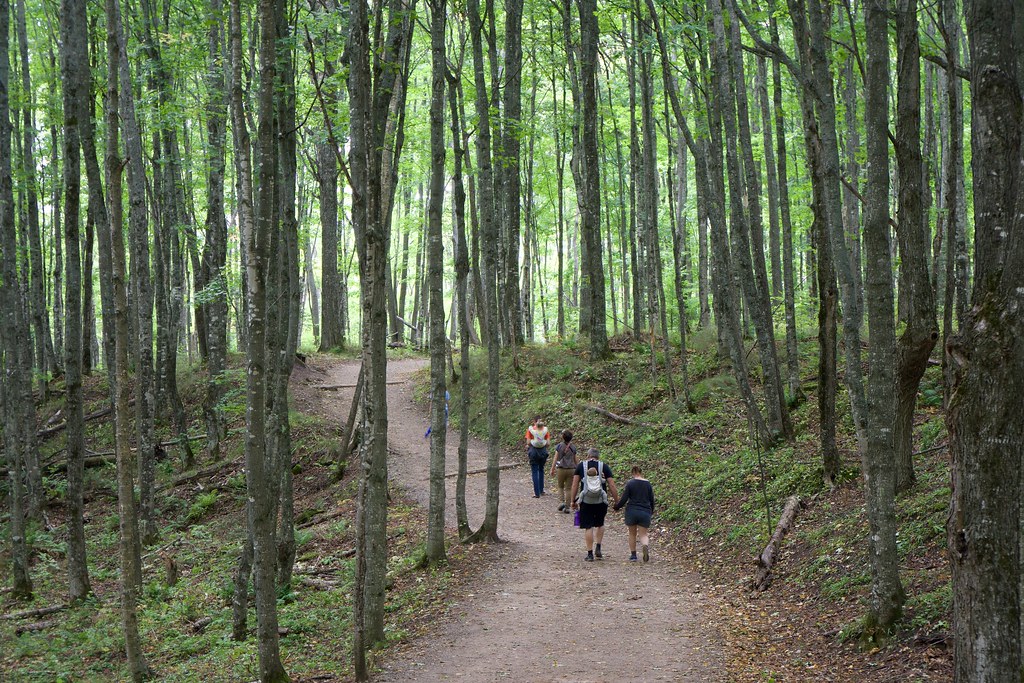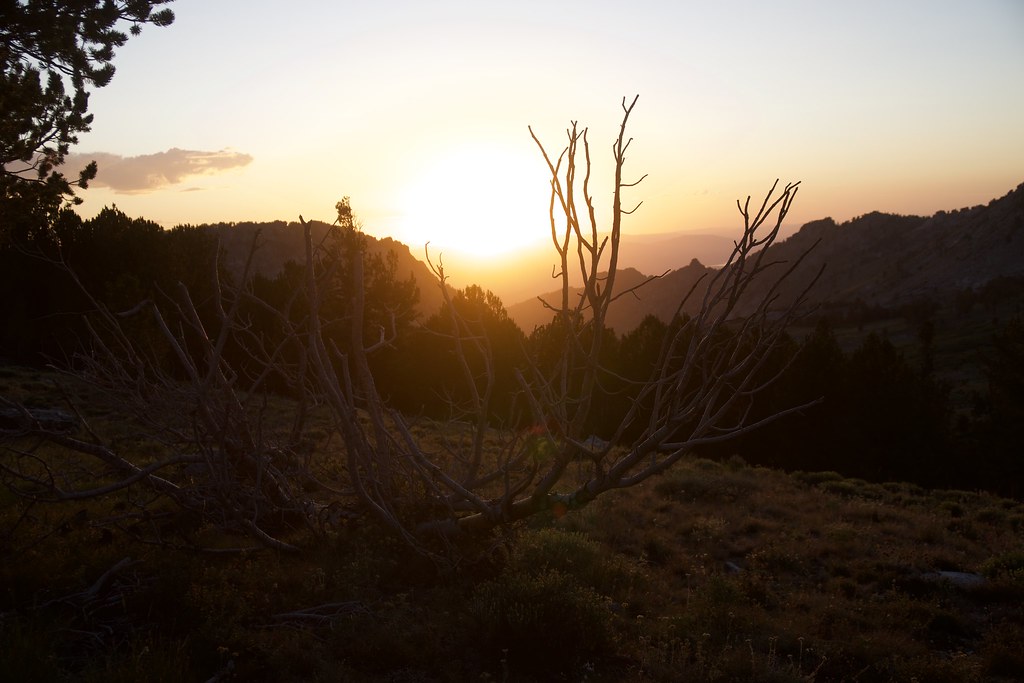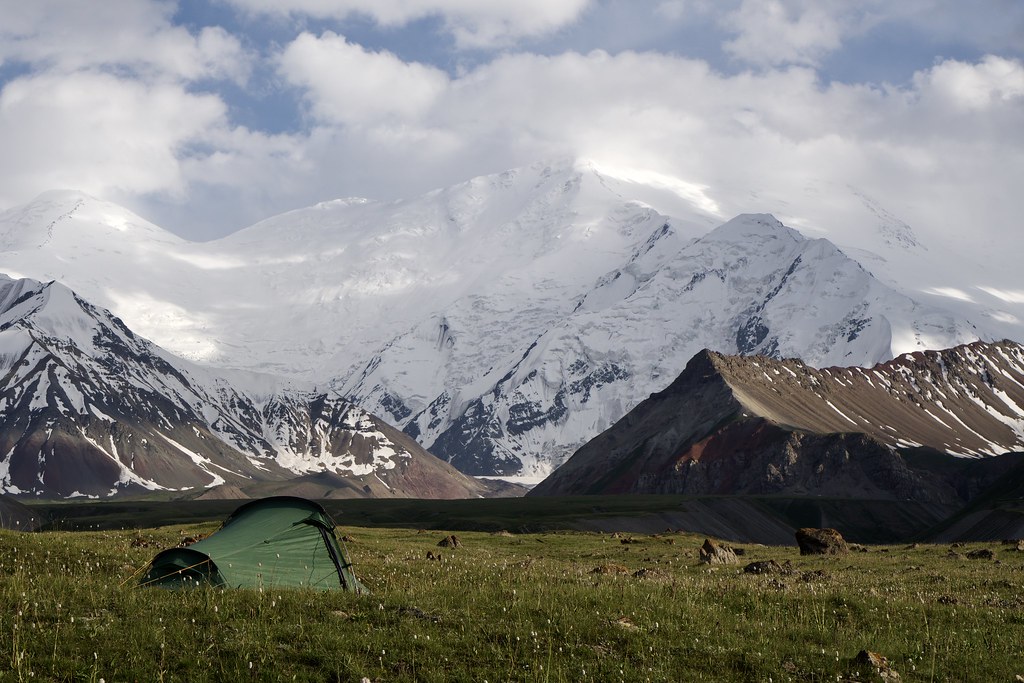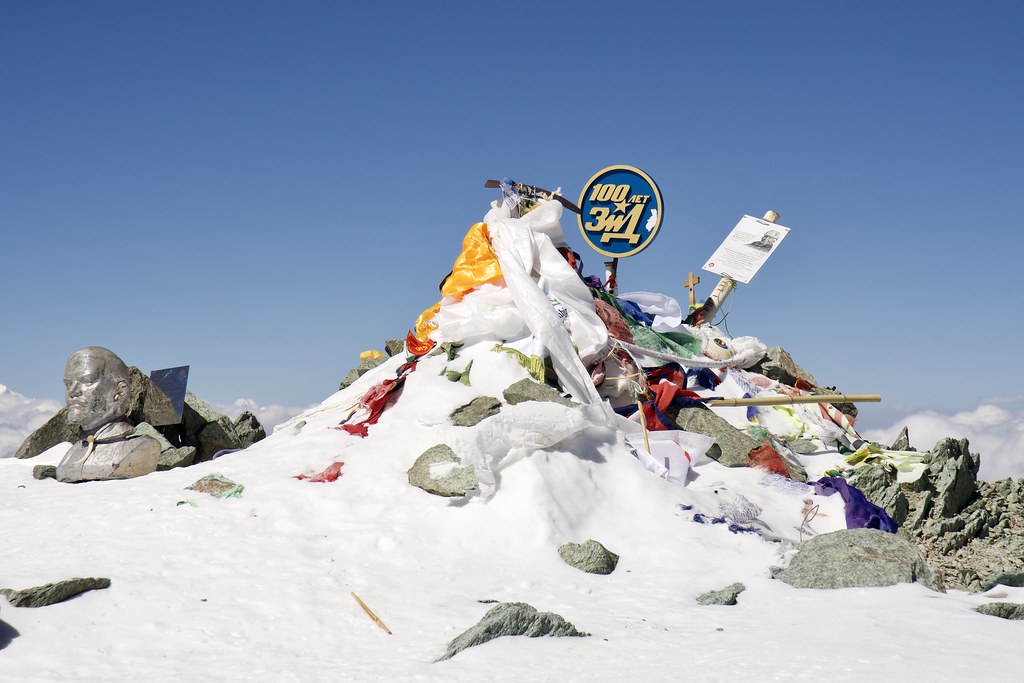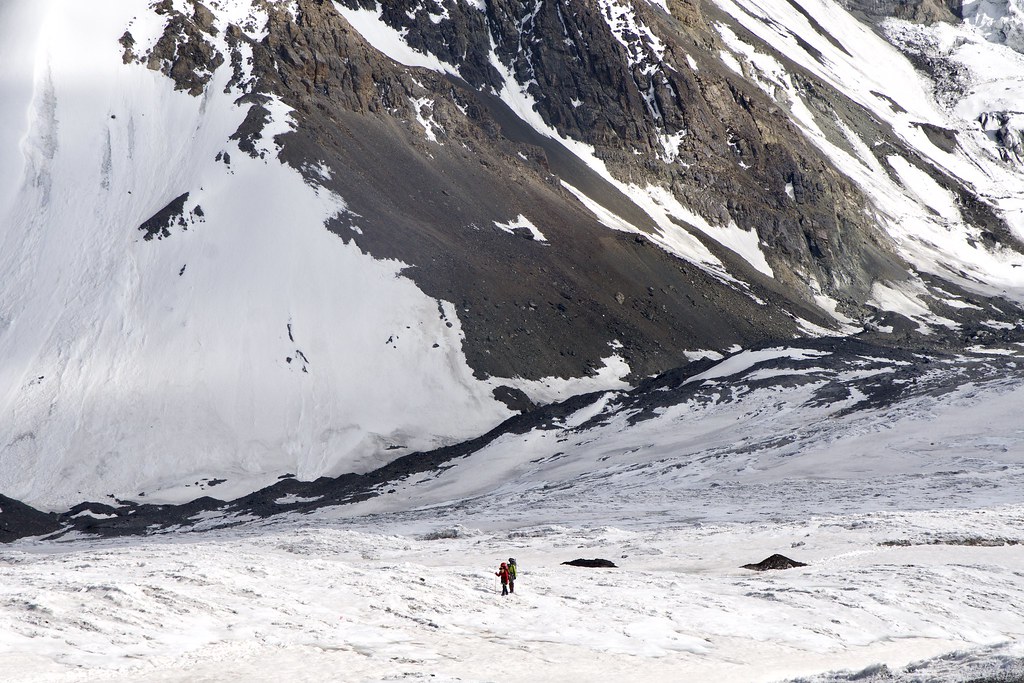NOTE: I realize this post a little tardy. I just realized I had written but never posted it. The events in this blog transpired in August of 2018.
Wolves oh wolves oh can't you see?
Ain't no wolf can sing like me
And if it could then I suppose
He belongs in Idaho
- Josh Ritter
 |
| Forest Fire Smoke |
Fire. Columns of smoke billowing from voracious
orange tongues, filling the sky with black cumulus clouds of ash, consuming all
in its path and leaving a wake of devastated barrenness and faint memories of
verdant pine forest. Thus was the
condition of the northern lands of Glacier National Park, the ill fated
destination of the 11th annual Dan Hoffman Memorial Hike. What could a small Chevy crossover filled
with six men do against the raging inferno?
Nothing. Except turn its
pump-assisted wheel south toward the mountain ranges of central Idaho. We stocked up on coffee, shifted our butt
cheeks a few inches forward, and extended the multi day drive. To Idaho.
 |
| Idaho |
A mild genius was
once credited with defining insanity as the repetition of the same thing while
expecting different results. If that
holds true then every one of the nine men of this year's memorial hike were
mentally ill. In fact, just about any
definition of insanity would likely support that theory, though I suppose some
would argue that many of them blindly expected not different, but the same
results. Giant blisters, sleepless
nights, undercooked oatmeal, chafed posteriors.
Though it is true the location had changed. The Sawtooth Mountains contain a unique blend
of grey craggy peaks, crystal clear lakes, and verdant pine forests. They are remote but filled with over 350
miles of trails and unlimited backcountry campsites. Much of it is a wilderness area, meaning the
only access is by foot.
 |
| Dan, Kory, Kevin, and Tucker |
 |
| Sawtooth Wilderness |
Up at Toxaway Lake
we awoke to a chorus of songbirds extolling the virtues of the alpine forest
and meadows of wildflowers and their crisp backdrop of grey peaks. A golden sun warmed our tents and beckoned us
out into the cold morning air. As the
former Chevy crossover prisoners arose from their sleeping constrainments, our
consciousnesses simultaneously expanded to include new possibilities, an
unexperiential doorstop being removed from that crack between the hinged door
and the immobile floorboards. The breath
in our throats burned with cold. Like it
was dang cold. I went back to bed.
 |
| Toxaway Lake as seen from Toxaway Pass |
 |
| Eating Breakfast |
 |
| Break-time on the Trail |
 |
| Sorry about your luck Ryan |
And so continued the
four day loop hike. Gorgeous vistas and
awe inspiring adventure interposed with infected blisters, a damaged rental
car, and a shortage of instant coffee. Which
I suppose is the point. Seeking out
adversity with friends, knowing that it will naturally have to bring a few moments of pure, blissful, present-tense
life and that deep feeling of overwhelming gratitude. The 11th annual Dan Hoffman Memorial Hike of Glacier National Park the Sawtooth Wilderness,
another epic success!
 |
| Bryan's Campsite |
 |
| The trail down |
 |
| Good thing Tim wasn't there... |
7 reasons to go
backpacking in Idaho's Sawtooth Mountains:
- Nobody ever goes there (well unless Glacier and Yellowstone
have been closed due to fires)
- It's only 5 hours from a
major airport …. Like Boise
- The Sawtooth range alone
contains 57 peaks over 10,000 ft!
- There are more than 350 miles
of trails and nearly 400 lakes
- You might see a Wood River
Sculpin or a Grouse Whortleberry
- It contains four of Idaho's
scenic byways
- There's supposedly trout in
the lakes
 |
| Oh, and it's a good place to celebrate forgotten birthdays |
